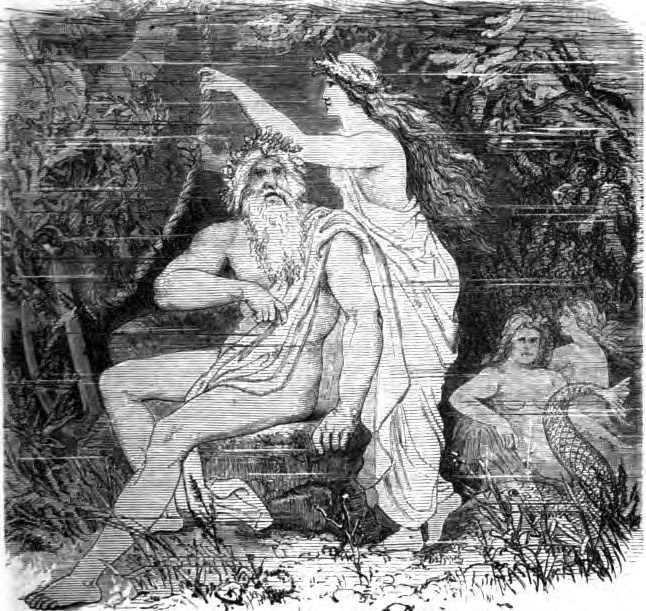Norse mythology captivates with its rich tapestry of gods, giants, and magical creatures narrating the lore of ancient Scandinavia. These stories, handed down through generations, were much more than mere tales. They explained natural phenomena, taught moral lessons, and provided entertainment during the long, cold winters. The Norse deities were complex, with human-like emotions and flaws, making their stories relatable. Among them, sea deities played pivotal roles, reflecting the Vikings’ deep connection with the ocean, a vital source of sustenance and a pathway to exploration and trade.
Mythology
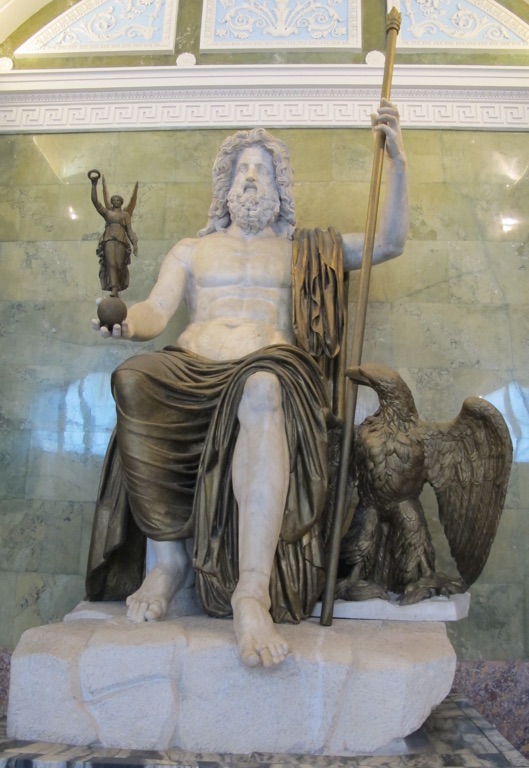
The Role of Mythology in Ancient Civilizations
Mythology has played a pivotal role in shaping the cultures and societies of ancient civilizations. These mythological narratives were not only sources of entertainment but also served as educational tools, imparting moral lessons and values to their audiences. In ancient Greece, for instance, the epic tales of Homer’s “Iliad” and “Odyssey” were more than just stories; they were integral to the education system, teaching virtues such as honor, bravery, and respect for the gods. Similarly, in ancient Egypt, the myth of Osiris, Isis, and Horus was not only a story about the cycle of life and death but also a foundational myth that reinforced the legitimacy of the pharaoh’s rule and the moral codes of society.
Mythology and Religious Practices
The intertwining of mythology with religious practices is evident across various cultures. In ancient Rome, festivals and ceremonies were often dedicated to gods and goddesses, with rituals designed to appease these divine beings and ensure their favor. The Vestal Virgins, for example, were priestesses of Vesta, the goddess of the hearth, and their role was crucial in maintaining the sacred fire, which was believed to be vital for the prosperity of Rome. In Norse mythology, rituals and sacrifices to gods like Odin and Thor were common practices, believed to ensure victory in battle and prosperity in life.
Mythological Creatures and Their Symbolism
Mythological creatures often symbolize human fears, desires, and natural phenomena. The Sphinx in Egyptian mythology, with the body of a lion and the head of a human, represents the power of the pharaoh, combining human intelligence with the strength of a lion. In Greek mythology, the Chimera, a fire-breathing monster with the body of a lion, the head of a goat, and the tail of a serpent, symbolizes the chaos and danger of the unknown. These creatures, while fantastical, served as metaphors for the challenges and mysteries that ancient peoples faced in their daily lives.
The Enduring Legacy of Mythology
The influence of ancient mythologies extends far beyond their original contexts, permeating modern literature, art, and media. Characters and themes from Greek, Egyptian, Norse, and Roman myths have found new life in contemporary books, movies, and video games, demonstrating the timeless appeal of these stories. The hero’s journey, a narrative structure found in many myths, has become a foundational concept in storytelling, influencing countless works of fiction. The enduring legacy of mythology underscores its universal relevance, reflecting the shared human experience across time and culture.
In conclusion, mythology is a testament to the creativity and imagination of ancient civilizations, offering insights into their beliefs, values, and fears. These stories, with their gods, heroes, and mythical creatures, continue to captivate and inspire, reminding us of the power of narrative to shape and reflect the human condition.
Mythology and Religion
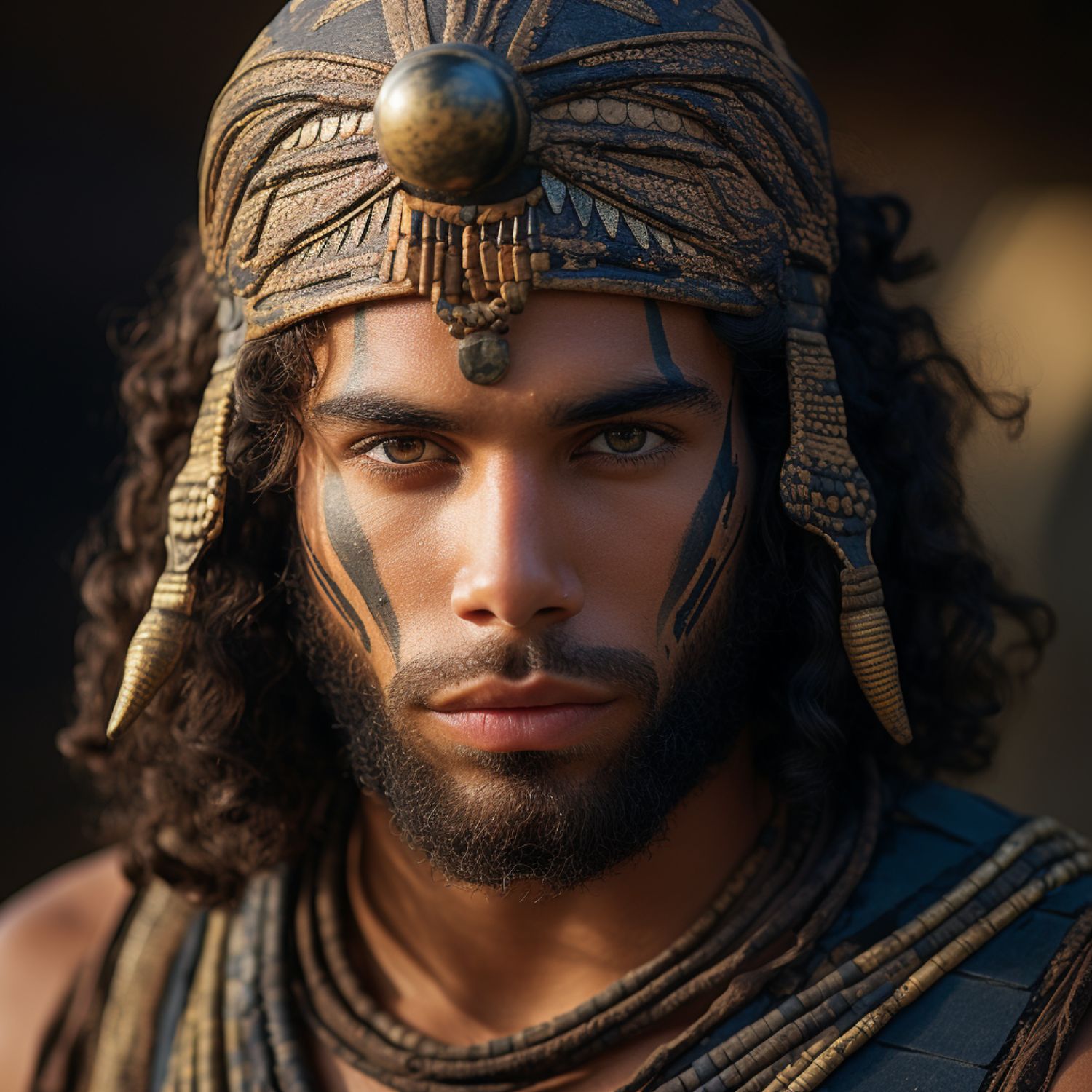
Geb – the Ancient Egyptian God
In the rich tapestry of ancient Egyptian mythology, Geb stands as a pivotal deity, embodying the earth itself. Known as the god of Earth, Geb was a symbol of fertility and strength. His portrayal often featured a man reclining beneath the arching figure of Nut, the sky goddess, reflecting his role as the physical ground supporting the heavens. As the son of Shu, the god of air, and Tefnut, the goddess of moisture, Geb was part of the Heliopolitan cosmogony.
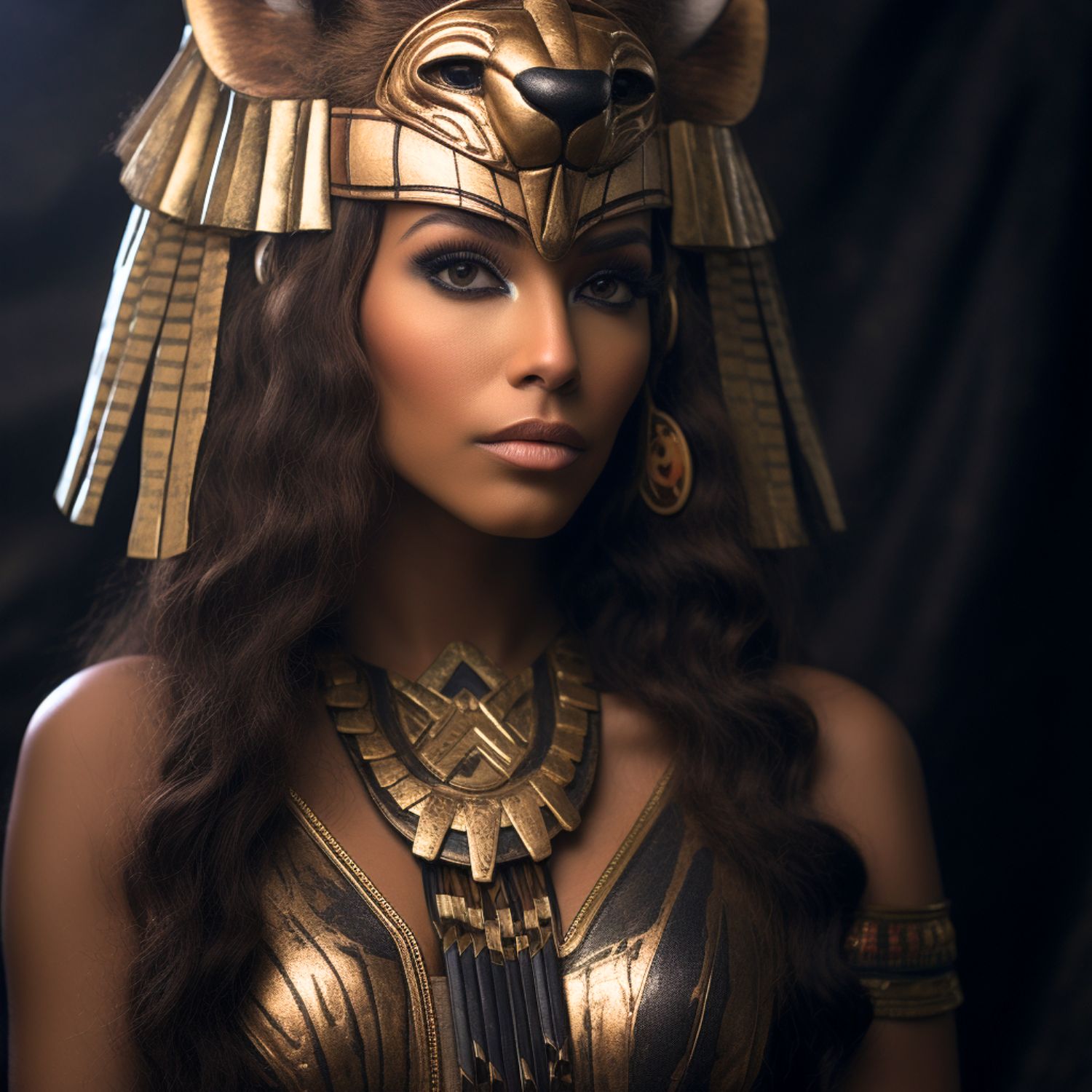
Sekhmet Egyptian Goddess
Sekhmet’s history dates back to Ancient Egypt as one of the oldest and most powerful goddesses. Her name means “the powerful one,” and she often appears as a lioness, a symbol of strength and courage. The Egyptians worshipped Sekhmet as a warrior goddess and the protector of the pharaohs. She held dual roles involving healing and destruction. In times of war, they believed Sekhmet could unleash chaos on their enemies. Conversely, in times of peace, she could ward off diseases and bring about healing.
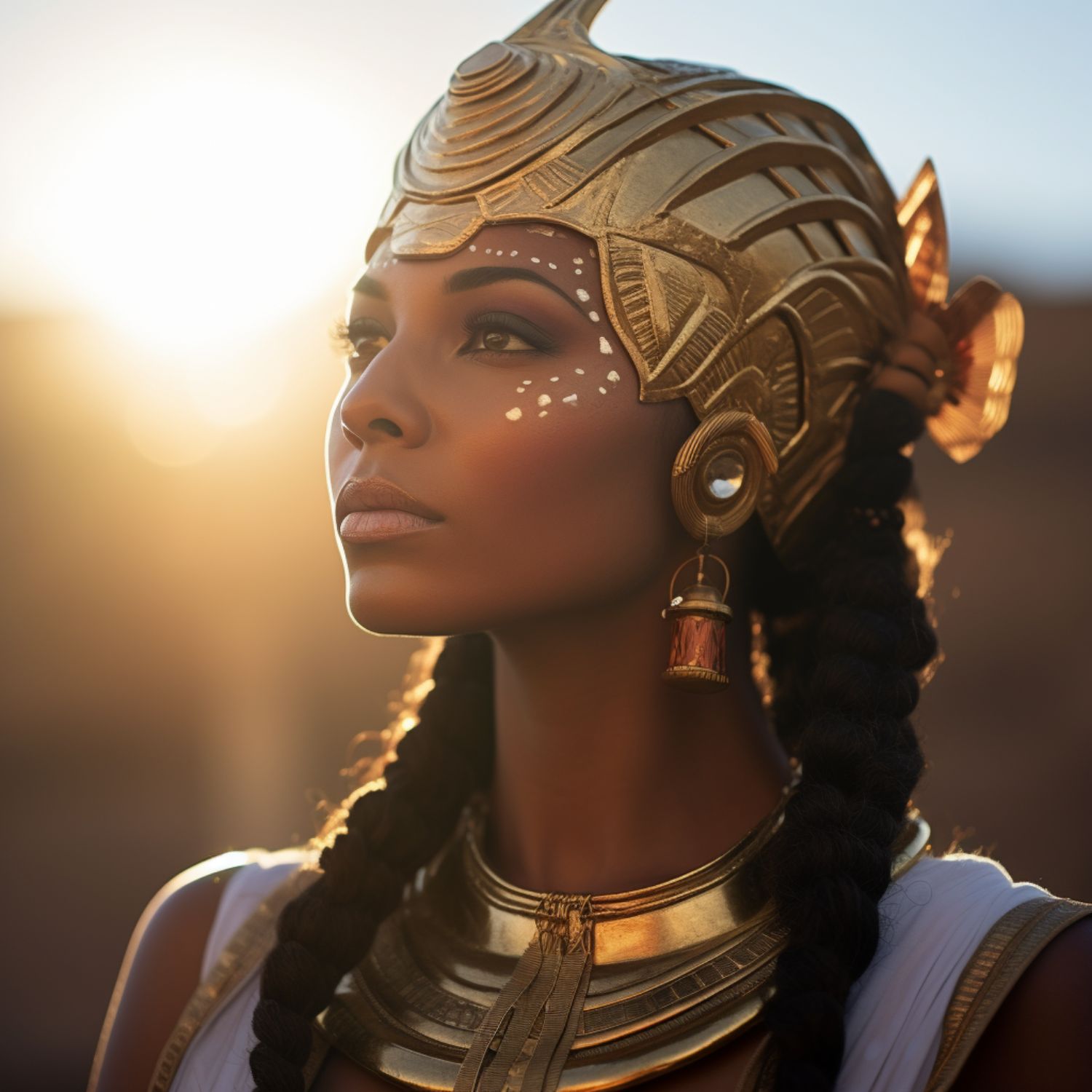
Nut – The Ancient Egyptian Sky Goddess
Nut, the ancient Egyptian sky goddess, plays a pivotal role in the Egyptian pantheon. Her arching body forms the heavens, a symbol of protection and motherhood. Nut’s tale weaves through creation myths, where she gives birth to the sun each morning. It sets back into her mouth at dusk, traveling through her body at night. Her story also intertwines with the legends of Osiris, Isis, Set, and Nephthys, her children, who are central to Egyptian mythos.

